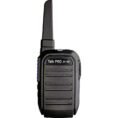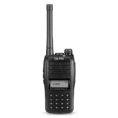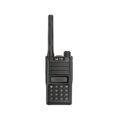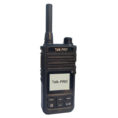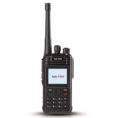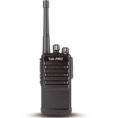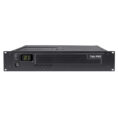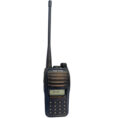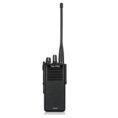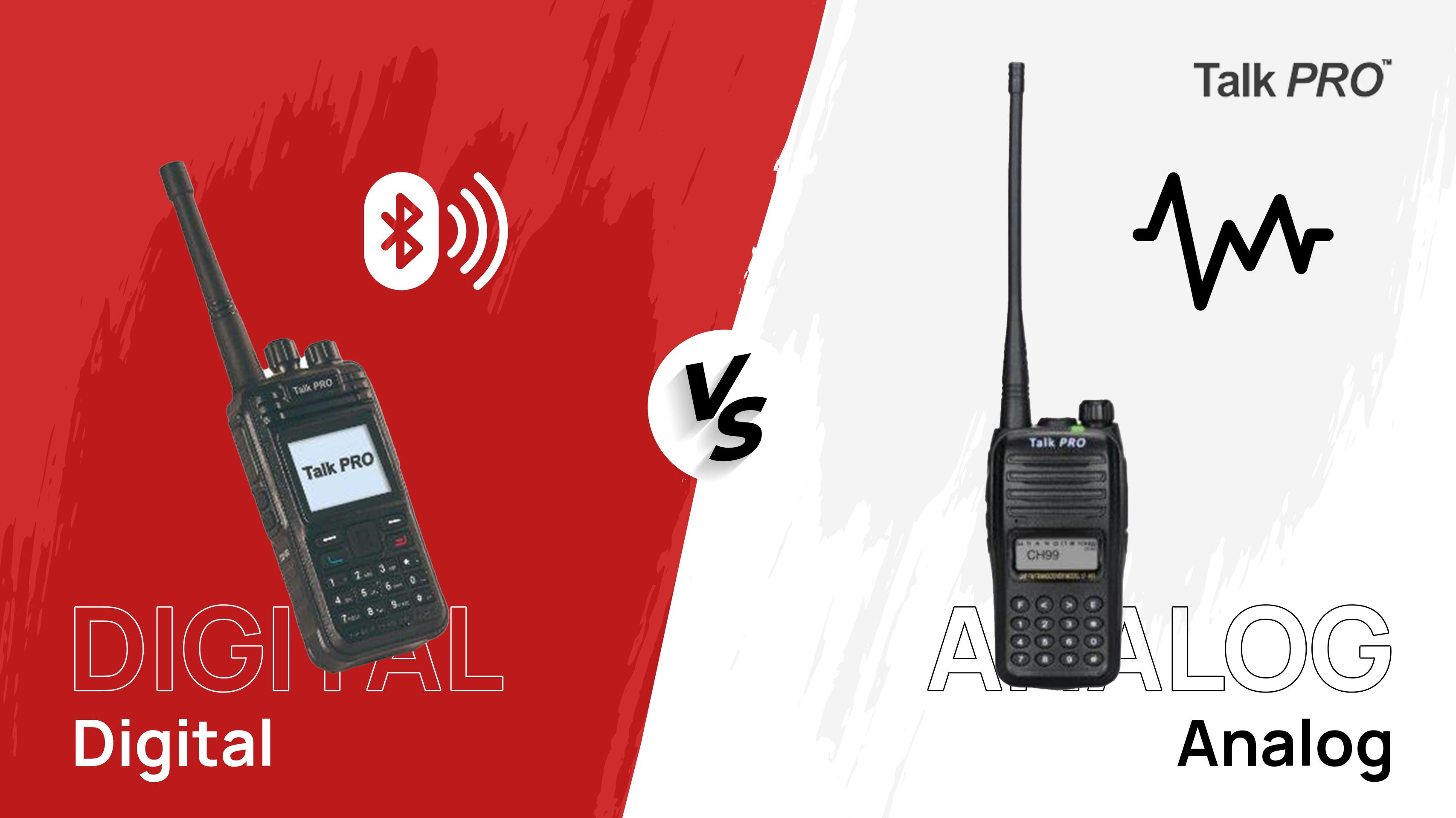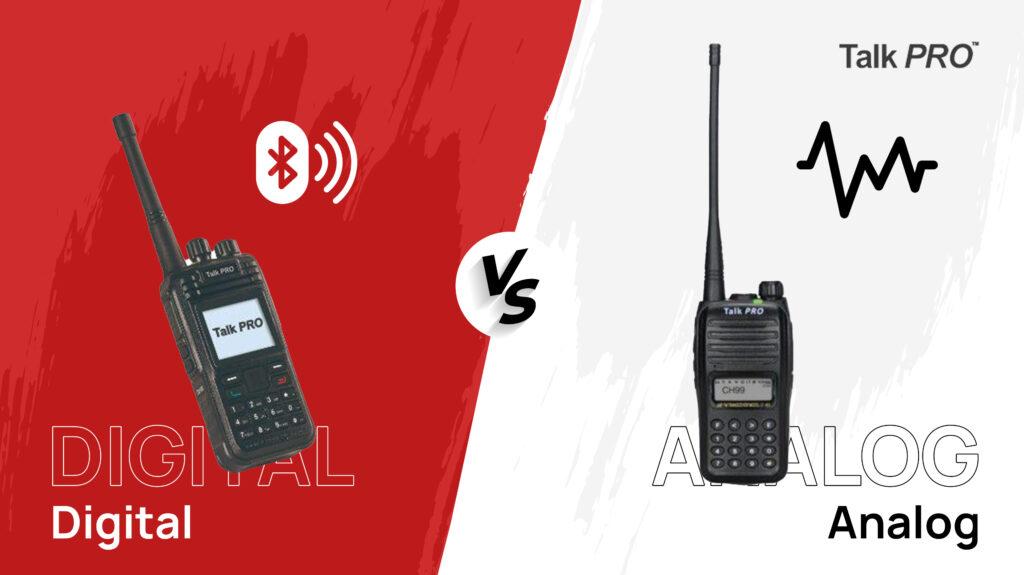Walkie talkie users are faced with the choice between digital and analog technology. Each has its own set of features and advantages. In this blog post, we’ll compare digital walkie talkies to analog walkie talkies through the lens, highlighting the key differences and helping users make informed decisions based on their needs and preferences.
1. Technology:
Digital Walkie-Talkies: Utilize digital signal processing to encode and decode audio signals. They convert voice into binary data for transmission, resulting in clearer audio and better signal quality.
Analog Walkie Talkies: Operate on analog technology, where voice signals are transmitted directly as modulated radio waves. They may experience more interference and degradation in signal quality compared to digital counterparts.
2. Audio Quality:
Digital Walkie-Talkies: Offer clearer audio with minimal background noise and distortion. Digital processing helps to filter out unwanted interference, providing consistent sound quality even in challenging environments.
Analog Walkie Talkies: Tend to produce lower audio quality, especially in noisy environments or over long distances. Analog signals are more susceptible to interference, resulting in static, hiss, and distortion.
3. Range:
Digital Walkie Talkies: Can achieve longer effective ranges compared to analog devices, especially in urban environments or areas with high levels of RF interference. Digital technology allows for more efficient use of the available spectrum and better signal penetration.
Analog Walkie Talkies: Have shorter effective ranges due to limitations in signal processing and susceptibility to interference. Range may vary depending on terrain, weather, and obstructions.
4. Battery Life:
Digital Walkie Talkies: Tend to have longer battery life compared to analog devices. Digital technology allows for more efficient power management and transmission protocols, resulting in extended operation on a single charge.
Analog Walkie Talkies: Typically consume more power, leading to shorter battery life. Analog circuitry may require more energy to maintain communication, especially during long periods of use.
5. Features and Functionality:
Digital Walkie-Talkies: Offer a wide range of advanced features, such as text messaging, GPS tracking, and encryption. Digital technology enables integration with other digital systems and compatibility with modern communication protocols.
Analog Walkie Talkies: Have fewer built-in features and limited compatibility with digital systems. They excel in simple, straightforward communication without the complexities of digital technology.
Choosing between digital and analog walkie talkies depends on individual requirements and preferences. Digital walkie-talkies offer superior audio quality, longer range, extended battery life, and advanced features, making them ideal for professional use and demanding environments.
Analog walkie talkies, on the other hand, remain viable options for basic communication needs and situations where simplicity and reliability are paramount. Understanding the differences outlined in this infographic can help users select the right walkie-talkie technology which suit their specific communication needs.


